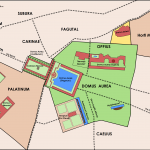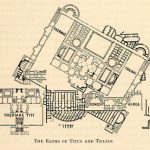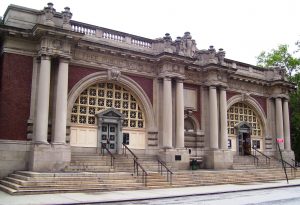1:hewn or squared stonealso : masonry of such stone
2: a thin squared and dressed stone for facing a wall of rubble or brick
Here are some images of the most beautiful building that was demolished in New York City, the old Penn Station. The tragic destruction of Penn Station meant that other buildings, like Grand Central Terminal, were saved through the creation of the Landmarks Preservation Commission.
Another appropriation of ancient baths – also go and walk around in the grand hall of the main entrance – and once can feel the cavernous proportions of the bath in the Met
Bibliography
And if you want to listen again!









